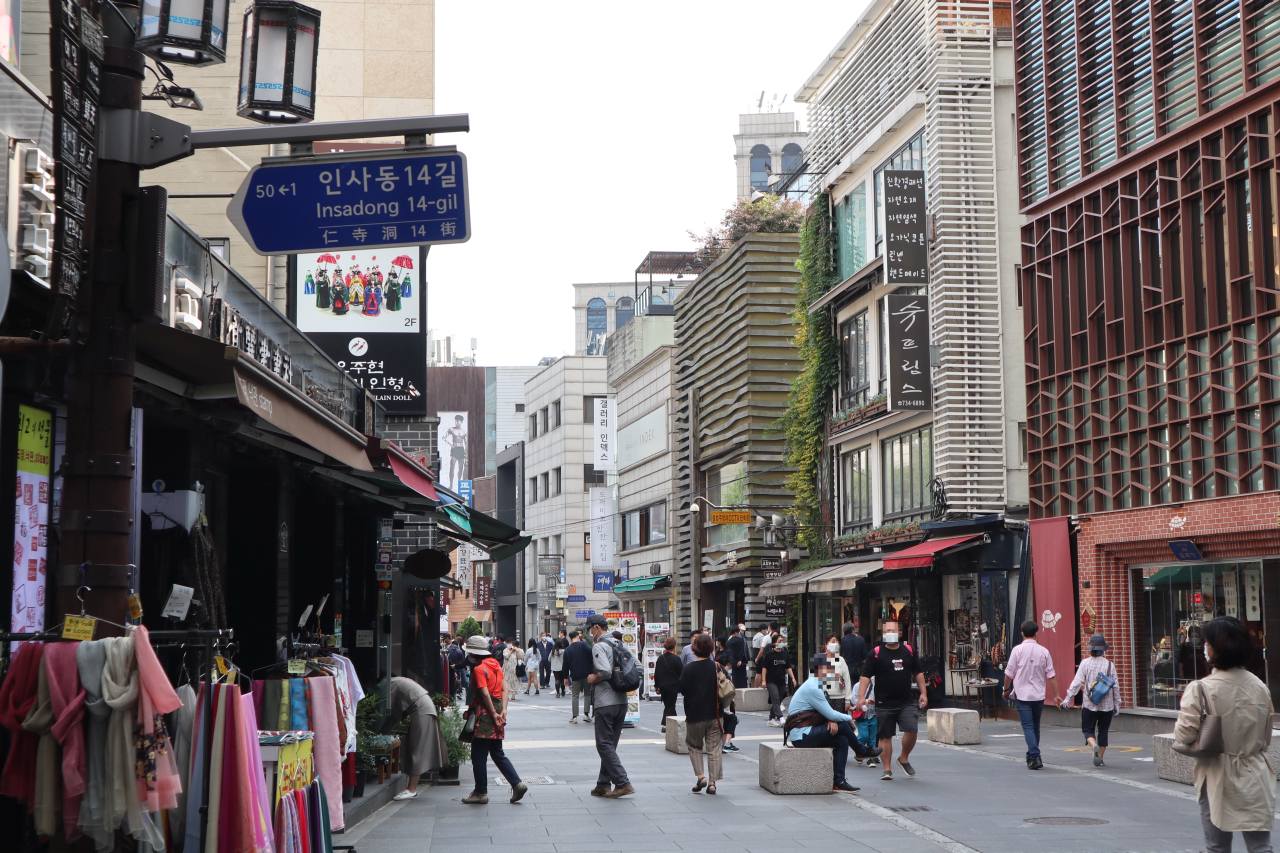Discovering the Charm of Insadong Cultural District
Nestled in the heart of Seoul, the Insadong Cultural District offers visitors a unique window into Korea’s rich heritage and vibrant contemporary art scene. This bustling neighborhood, famous for its quaint alleys and traditional tea houses, perfectly blends the past and present, creating a cultural tapestry that invites exploration. Whether you are an avid art lover, a history enthusiast, or simply a curious traveler, Insadong provides an immersive experience through its galleries, antique shops, street performances, and culinary delights. This article delves into what makes Insadong a cultural gem—from its historical significance and artistic offerings to its evolving role in modern Korean society.
Historical Roots and Cultural Significance
Insadong’s history dates back to the Joseon Dynasty, when it was a central hub for scholars, artists, and merchants. Its name is derived from two neighborhoods, “Insa” and “Dong,” which underlines its longstanding role as a vibrant commercial and cultural center. Over the centuries, Insadong transformed into an enclave for traditional Korean arts and crafts, especially during the Japanese occupation when many artists fled to the area. This neighborhood has preserved its traditional Korean charm, resisting rapid modernization, making a visit here a journey through centuries of Korean cultural identity. Understanding this historical context is crucial to appreciating why Insadong remains a beloved cultural district today.
An Artistic Haven: Galleries and Craftsmanship
The heart of Insadong lies in its diverse artistic offerings. Walking along its main street and side alleys, visitors will find an abundance of galleries showcasing everything from traditional ink paintings to contemporary installations. Moreover, numerous shops specialize in hanji (traditional Korean paper), calligraphy tools, ceramics, and hanbok fabrics, giving an authentic glimpse into Korean craftsmanship. The interaction with local artisans, who often demonstrate their techniques, enriches the visitor’s experience. This sector not only preserves age-old methods but also nurtures new artistic expressions, making Insadong a dynamic space where tradition meets innovation.
Culinary Traditions and Tea Houses
Complementing its artistic appeal, Insadong is renowned for its traditional Korean tea houses and eateries. Many establishments have maintained their original interiors, offering a cozy, nostalgic ambiance paired with signature teas like omija (five-flavor berry tea) or jujube tea. Alongside, local delicacies such as tteok (rice cakes) and jeon (savory pancakes) highlight the district’s culinary heritage. These tea houses serve as cultural venues where patrons can engage in traditional tea ceremonies or cultural events, deepening their appreciation for Korean customs. This blend of taste and tradition enriches the sensory experience of visiting Insadong.
Evolving Identity Amidst Modernization
While Insadong is steeped in tradition, it has adapted to the demands of a modern metropolis without losing its soul. New cafes, boutique shops, and contemporary art spaces have appeared alongside the older establishments, attracting younger crowds and international tourists alike. The district also hosts regular cultural festivals, street performances, and workshops, which contribute to its lively atmosphere. This evolution signifies a successful balance between preservation and innovation, ensuring Insadong remains relevant and vibrant in a rapidly changing urban landscape.
Experiencing Insadong: Practical Tips for Visitors
To maximize your visit to Insadong, it’s recommended to explore on foot, diving into its maze of side streets where hidden gems abound. Weekends tend to be livelier with street performances and markets, but weekdays allow for a quieter, more reflective experience. Visitors should budget time for participating in hands-on activities, such as traditional craft workshops or tea ceremonies, to gain a deeper cultural insight. Additionally, engaging with local shop owners and artists offers authentic stories and personalized recommendations. Insadong is not just a place to observe culture but to live it actively and interactively.
Conclusion: Embracing the Spirit of Insadong
Insadong Cultural District stands as an extraordinary blend of history, art, and tradition, anchored firmly in South Korea’s cultural heritage yet open to contemporary influences. Its streets tell stories of a bygone era while showcasing the continued creativity of Korean artisans and performers. Through its preservation of traditional crafts, welcoming tea houses, and adaptive modernization, Insadong remains a vital cultural heart of Seoul. For any visitor seeking to connect with Korea beyond the surface, Insadong offers an enriching experience that captures the spirit of a living culture continuously unfolding. Embracing both the old and the new, it reminds us that culture is not static but a vibrant, ongoing dialogue across generations.
